If you’re looking to promote your SaaS business today, what would be your go-to strategies?
A few years ago, this question would’ve been easier to answer. Back then, the competition was less intense. But now, it’s a whole different story.
The SaaS market is expected to grow to $1,228.87 billion by 2032, with a CAGR of 18.4% from 2024 to 2032.
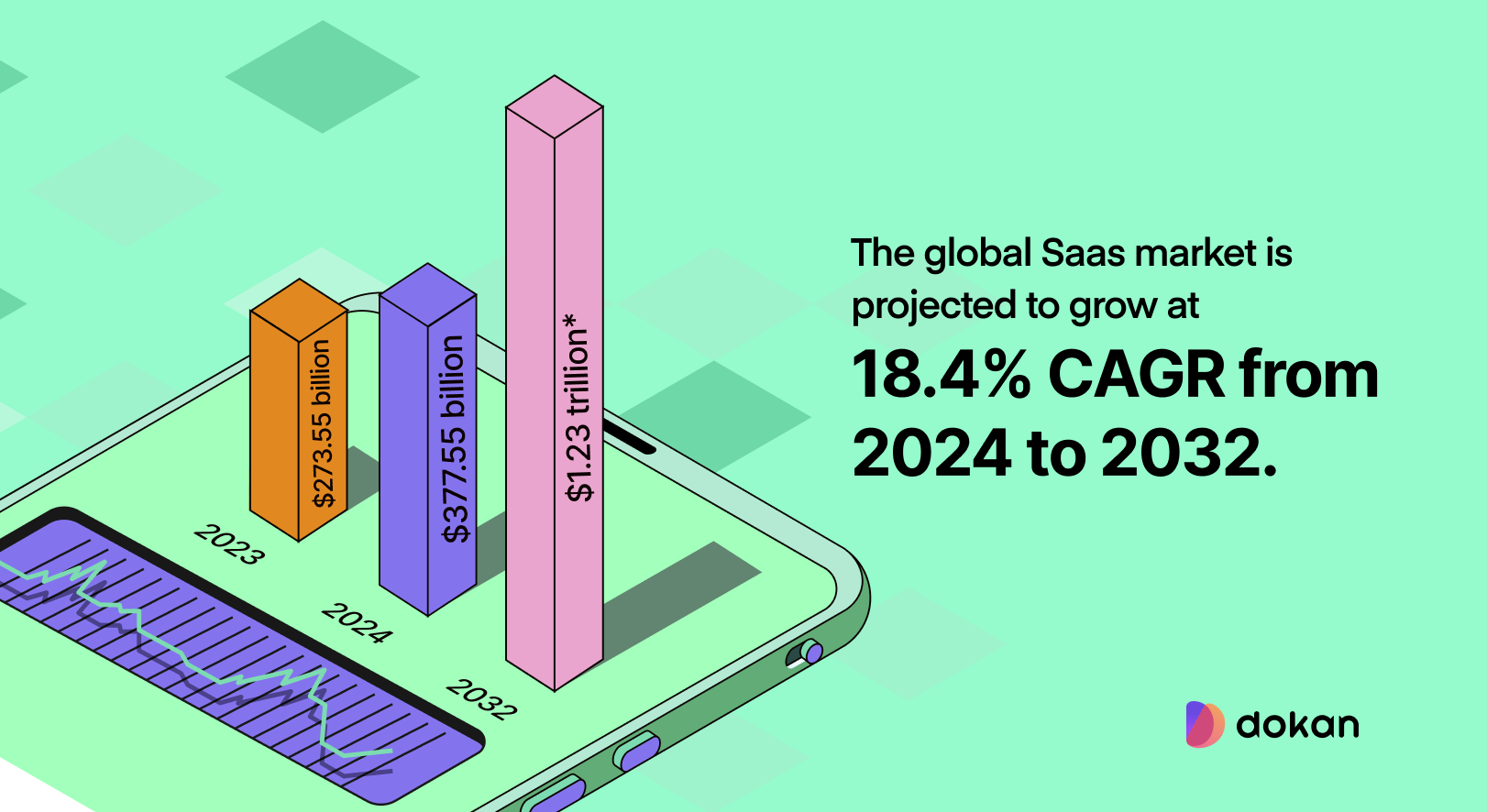
To grow in this competitive market, you need to stay on top of trends and continually update your approach. That’s why I’ve gathered some of the best SaaS marketing strategies for you in this blog.
These tips will help you attract more customers, keep them coming back, and grow your business faster.
Keep in mind: not every strategy will work for everyone. The key is to find what best aligns with your goals and vision!
1. Content Marketing with SEO Focus
Content marketing is incredibly important for SaaS companies. Let me tell you why.
When I started prioritizing content, I quickly realized that it’s not just about producing articles. It’s about making sure your audience understands your product. SaaS products can be complex. So, content is the perfect way to explain how your software works and the benefits it offers.
For example, you have a project management tool to sell. Then, you can write blog posts, guides, or create videos that talk about topics like team collaboration or productivity tips. This approach not only helps potential customers understand your product but also build trust.
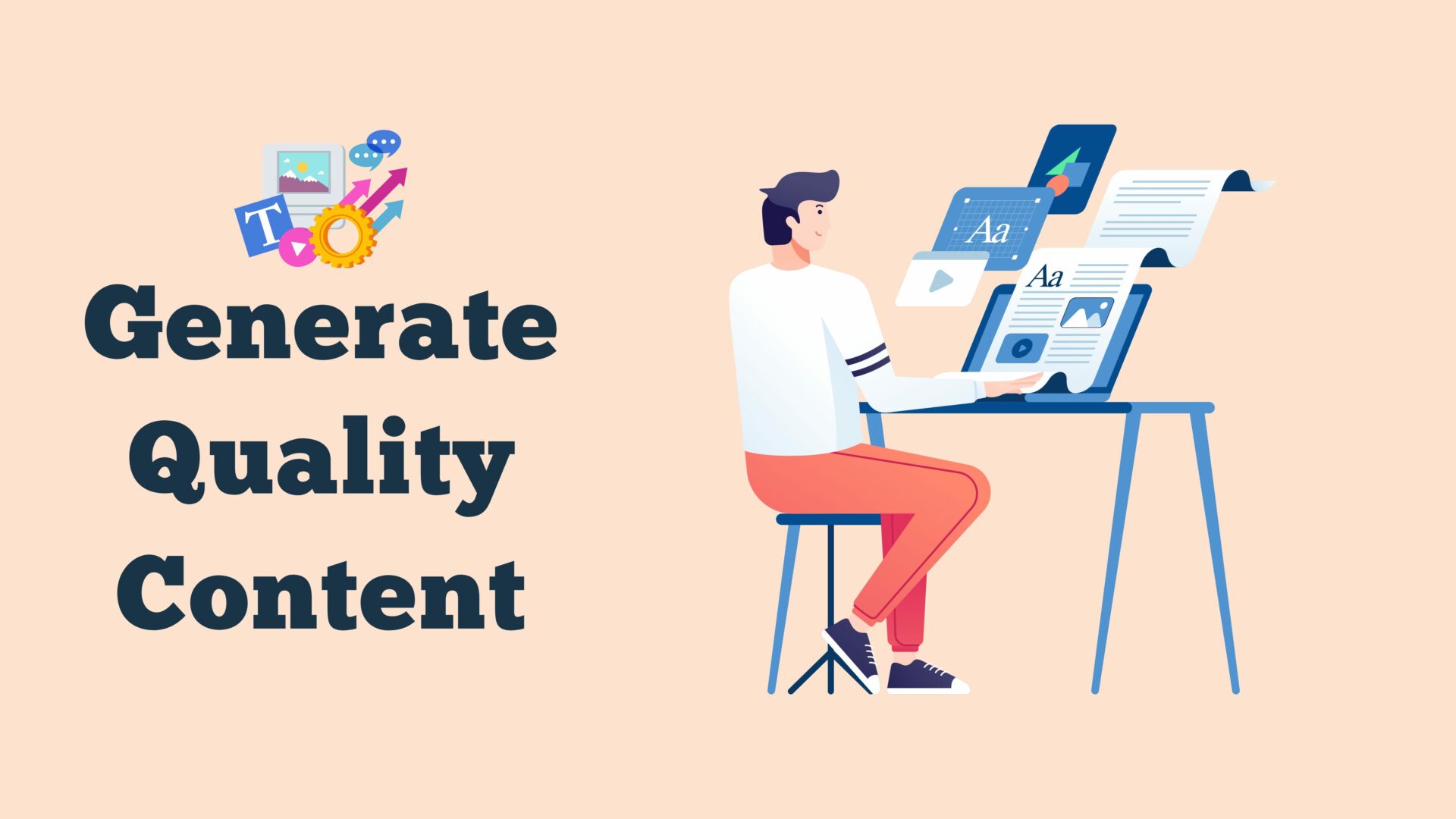
Here are a few tips based on my experience:
When you focus on education, SEO, and providing useful content, you’ll not only improve your search rankings but also create a stronger connection with your audience.
2. Free Trial/Freemium Model
One of the biggest challenges I’ve faced with SaaS marketing is getting potential customers to take that first step.
Many people hesitate to invest in a digital product without trying it first. To address this, you can offer a free trial or a freemium model. These models let potential users experience the product and see its value before buying.
- The free trial model offers full product access for a limited period, usually between 7 and 30 days. During this time, users can explore the product’s features and see how the product can help them.
- On the other hand, a freemium model provides users with limited features for free. This attracts a larger audience without immediate costs. Users can stay in the free tier until they decide to upgrade.
Here are some tips from my experience:
- Set Clear Limitations: Define free features and what’s unlocked with a paid plan.
- Follow Up with Value: Send useful emails or tutorials to guide users.
- Create Easy Upsell Opportunities: Highlight the benefits of upgrading to a paid plan.
- Use Urgency for Trial Expiration: Send reminders as the trial ends to encourage users to upgrade.
- Personalize the Onboarding: Customize the onboarding process according to user needs.
The key to a successful free trial or freemium model is to let your users see and experience the value for themselves. When done right, it can significantly increase your chances of turning free users into paying customers.
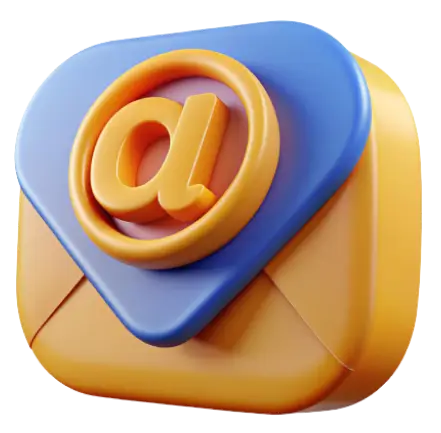
Subscribe to
Dokan blog
3. Influencer and Partner Marketing
Influencer and partner marketing are powerful strategies for SaaS companies to expand their reach and boost growth.
Influencer marketing is growing rapidly, with 85% of brands finding it effective and 86% planning to allocate a budget for it.
Micro-influencers, with 5,000-25,000 followers, often have 60% higher engagement rates than larger influencers. Their niche audiences trust their recommendations, making them ideal for SaaS companies.
Here are some quick factors to consider when selecting an influencer for your SaaS marketing:
- Ensure their audience matches your target market.
- Focus on high engagement over follower count.
- Choose influencers with a genuine connection to their followers.
- Match their style with your brand’s voice.
- Look for influencers experienced in promoting SaaS products.
- Check their track record for successful campaigns.
- Ensure their rates fit your marketing budget.
- Prefer influencers open to ongoing partnerships.
Partner marketing is also highly effective. Studies show that 74% of companies report better customer acquisition and retention through partnerships.
For example, if you sell CRM software, partnering with an email marketing platform can offer bundled deals or joint marketing efforts, benefiting both companies.
4. Conversion Rate Optimization (CRO) for Key Pages
You’re bringing visitors to your site. Now it’s time to turn them into customers. That’s where Conversion Rate Optimization (CRO) comes in.
CRO is all about fine-tuning your website so that more of those visitors take the action you want, whether it’s signing up for a trial, subscribing, or making a purchase.
Here are key strategies to optimize conversion rates for important pages:
| CRO Key Strategies For SaaS | |
|---|---|
| Landing Page | Clear Value Proposition, Strong CTAs, Social Proof, Visual Hierarchy |
| Pricing Page | Transparent Pricing, Comparison Tables, Risk Reversal, Limited-Time Offers |
| Sign-Up Page | Minimize Fields, Progress Indicators, Trust Signals |
| Product Page | Interactive Demos, Feature Highlights, Use Cases |
| Blog/Resource Page | Lead Magnets, Engaging Content, Internal Linking |
You can implement these strategies to enhance user experience and improve conversion rates across key pages of your SaaS business.
But remember, CRO isn’t just about making a few tweaks. It’s about understanding your customers and making their journey smoother. By continuously testing and improving, you’ll boost conversions and grow your SaaS business.
5. Retargeting and Nurture Campaigns
In the previous section, we covered how recurring income drives SaaS growth. To maintain that income, retargeting and nurture campaigns are key strategies that boost engagement and conversions.
Retargeting gives potential customers a second chance. For example, if someone adds a product to their cart but doesn’t purchase, retargeting ads or follow-up emails can bring them back. I’ve seen companies boost conversions by 30% using this method.

Nurture campaigns focus on building relationships. One SaaS company I worked with sent value-driven emails to free trial users, offering helpful tips instead of a hard sell. Over time, this kept users engaged and converted them into paying customers.
Best Ways to Nurture Leads:
- Educate Before You Sell
- Personalize Your Communication
- Provide Valuable Resources
- Use Drip Email Campaigns
- Be Consistent but Not Overbearing
- Let Your Customers Do the Talking on Social Media
By combining retargeting and nurturing, you create a cycle that not only boosts immediate conversions but also builds long-term loyalty and retention. It’s a win-win.
6. Invest in Video Marketing
Video is a powerful tool for SaaS growth. It grabs attention, builds trust, and makes explaining your product easy.
| Video Type | Purpose | Impact |
|---|---|---|
| Explainer Videos | Show off your product’s features in a quick & engaging way. | Boosts understanding and awareness. |
| Customer Testimonials | Let happy customers share their experiences. | Builds trust and encourages conversions. |
| Tutorial Videos | Teach users how to use your product effectively. | Increases engagement and conversion. |
| Educational Webinars | Share insights while showcasing your product’s value. | Engages leads and establishes authority. |
| YouTube & LinkedIn Content | Share helpful content to reach a wider audience. | Increases traffic and builds credibility. |
Video stands out because it’s more engaging than text or images. It’s a dynamic way to showcase your product, build trust, and connect with potential customers faster.
Adding a video to your landing page can increase conversions by up to 80%, as visitors are more likely to trust a visual representation of your product.
Plus, videos are highly shareable, making it easier for your audience to spread the word and increase brand visibility.
7. Utilize Marketing Automation and Data Analytics
Marketing automation and data analytics go hand-in-hand for SaaS growth. Automation helps you engage leads at the right time, while analytics ensures you’re making data-driven decisions for better results.
Benefits:
- Automates repetitive tasks like emails and follow-ups.
- Delivers tailored messages based on user behavior.
- Aallows you to tweak strategies for better ROI.
- Helps you improve the customer experience
When you combine both, you not only save time but also ensure your marketing efforts are always aligned with what your users want.
You can use tools like HubSpot or ActiveCampaign to automate emails, social media posts, and lead scoring. This lets you focus more on strategy and less on manual tasks.
Tracking key performance indicators (KPIs) like conversion rate, user engagement, and traffic sources helps you fine-tune your marketing campaigns. You can quickly identify what content, channels, or offers are driving the most value.
With these insights, you can quickly adjust your approach by sending targeted emails or special offers to keep your best customers engaged and reduce churn.
8. Referral Programs and Customer Advocacy
When we launched our SaaS product, growth was slow. We had a great product but a tight budget.
So, we introduced a simple referral program ➡️ refer a friend, get a free month.
I wasn’t sure it would work but it did. Our happy customers started referring others and those referrals stuck around longer because they trusted the recommendation.
Then, something powerful happened. Loyal customers became advocates. One customer even wrote a blog post about how our product transformed their business. That story brought in dozens of new sign-ups.
Read about ➡️ How to Create a Referral Marketing Strategy (Tips+Examples).
Customer advocacy went beyond referrals. It was about building real relationships. Our customers loved the product and shared it without asking for anything in return.
We didn’t spend on big ads. Instead we built a community. As a result, our customers became our best marketers and helped us grow faster than expected.
Referral programs and customer advocacy aren’t just nice-to-haves. They’re game-changers. When you empower your customers to spread the word, they become your most powerful marketing tool.
9. Leverage Account-Based Marketing (ABM) for B2B SaaS
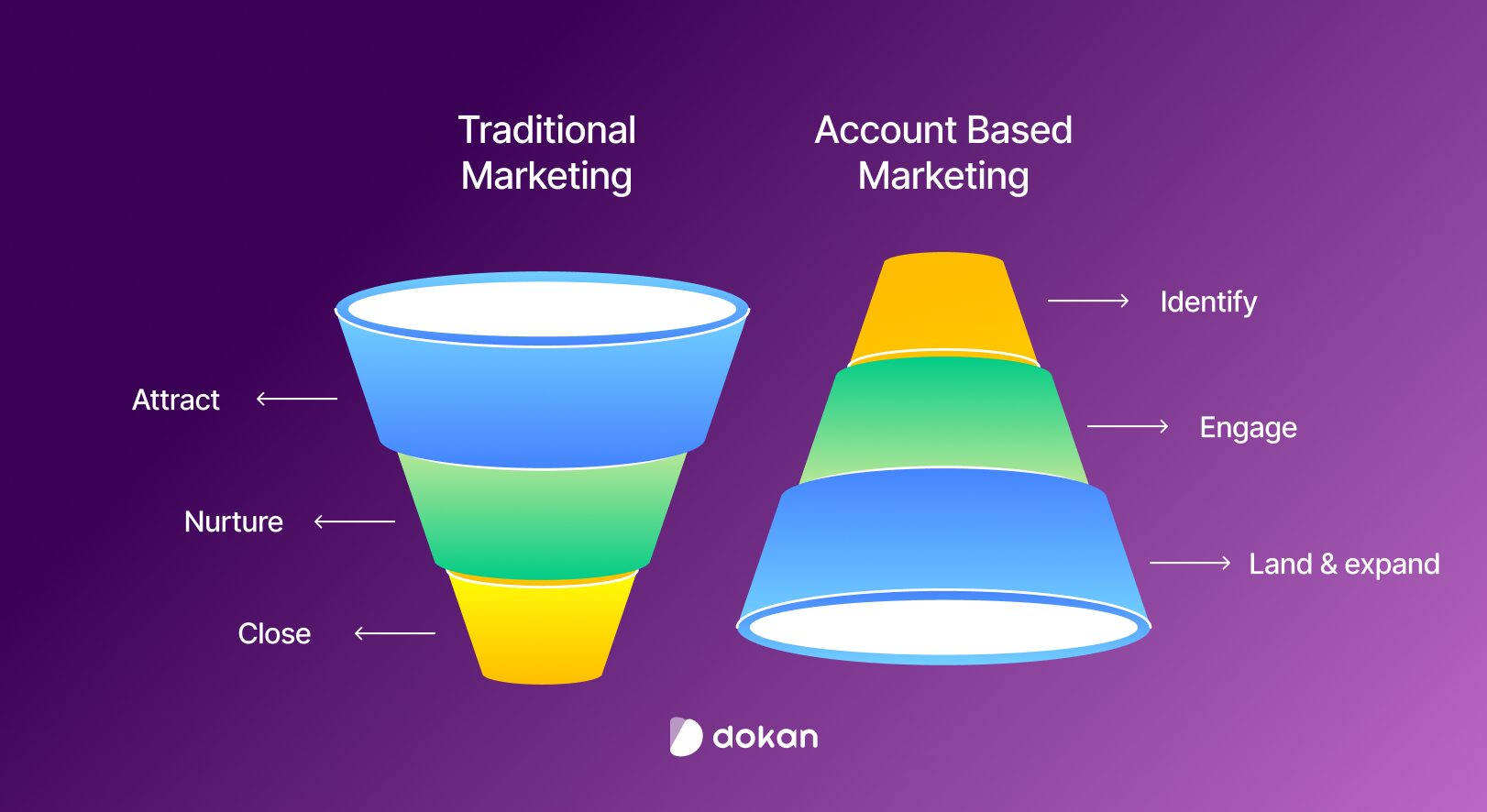
Account-Based Marketing (ABM) is a highly targeted marketing strategy where businesses focus their efforts on specific high-value accounts rather than a broad audience.
In B2B SaaS, ABM aims to identify key companies that would benefit most from your product and craft personalized marketing campaigns tailored to those accounts.
This strategy helps you build stronger relationships with decision-makers and increase the chances of converting them into long-term customers.
Here’s how you can leverage ABM for your SaaS business:
- Identify Ideal Customers: Define your ideal customer profile (ICP) based on factors like industry, size, and budget.
- Research Target Accounts: Understand each account’s challenges and goals to tailor your messaging.
- Personalized Outreach: Create custom content and campaigns for each target, addressing their specific needs.
- Collaborate Across Teams: Align sales, marketing, and customer success teams for a seamless experience.
- Use Targeted Advertising: Run targeted ads on platforms like LinkedIn to reach decision-makers at your target accounts.
- Measure and Optimize: Track engagement and adjust campaigns based on performance to improve results.
ABM allows you to focus on the accounts that matter most, improving conversion rates and building lasting relationships. By personalizing your approach and aligning your teams, you can drive more targeted growth for your B2B SaaS business.
10. Optimize for Mobile and Speed
More than 55% of web traffic now comes from mobile devices. If your site isn’t optimized for mobile, you’re missing out on a significant portion of your audience.
At the same time, users expect fast, seamless experiences. Research shows that 53% of mobile users will leave a site if it takes longer than 3 seconds to load.
Here’s why optimizing for mobile and speed is a must:
- More Traffic: Most people browse on mobile. A site that isn’t mobile-friendly will lose visitors.
- Higher Conversions: Slow sites lose sales. A one-second delay in loading can reduce conversions by 7%. A fast site keeps users engaged and encourages them to convert.
- Better SEO: Google prioritizes mobile-friendly sites. With mobile-first indexing, how well your site performs on mobile affects its search ranking.
The Equation for Success:
Mobile Optimization + Fast Speed = Increased ROI
When your site works well on mobile and loads quickly, users stay longer, search engines rank you higher, and conversions increase.
We’ve covered a variety of strategies today, each designed to address different aspects of growing and scaling your SaaS business.
These strategies help attract the right customers, improve user experience, and drive conversions. By focusing on these key areas, you can build a strong foundation for long-term success.
Wrap-Up- SaaS Marketing Strategies
In conclusion, not every strategy works for every SaaS business. Each one has its strengths and the key is choosing the right fit for your goals and audience.
For example, if your product is complex, SEO focused content marketing helps educate and build trust. If you’re targeting a niche, influencer marketing or partnerships can help you connect with smaller, trusting audiences.
For easy-to-try products like productivity tools, a free trial or freemium model might be the best way to get users on board. But if you’re in the enterprise space, account-based marketing (ABM) will help you focus on high-value clients.
As we have said at the beginning, no single strategy is perfect for everyone. Test what works for you, refine your approach, and choose the strategies that resonate most with your audience.
➡️ By doing so, you’ll set your SaaS business up for growth and success.
What strategies have worked best for your SaaS business? Share your thoughts and experiences in the comments below!
Subscribe to
Dokan blog
We send weekly newsletters, no spam for sure!

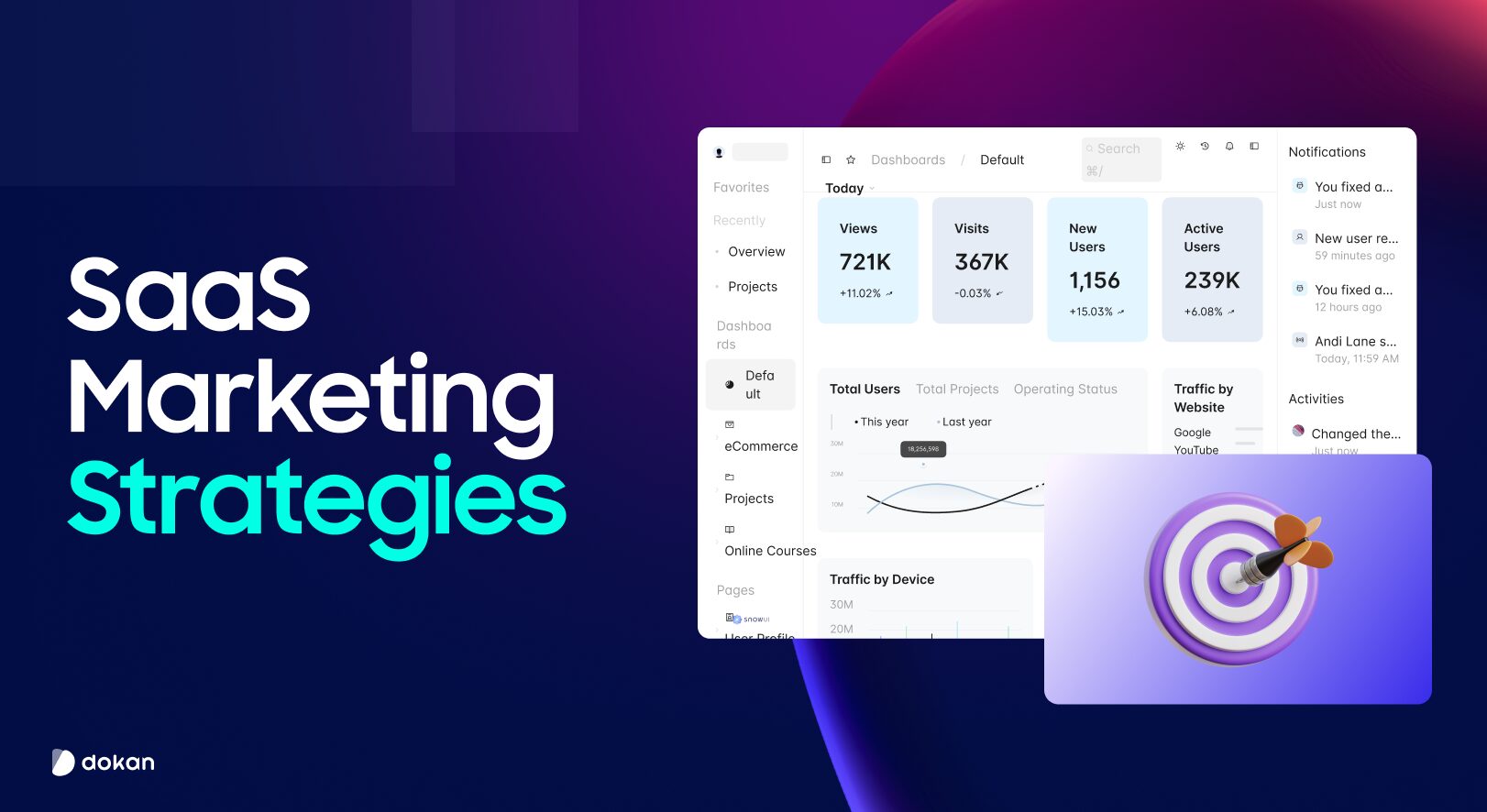
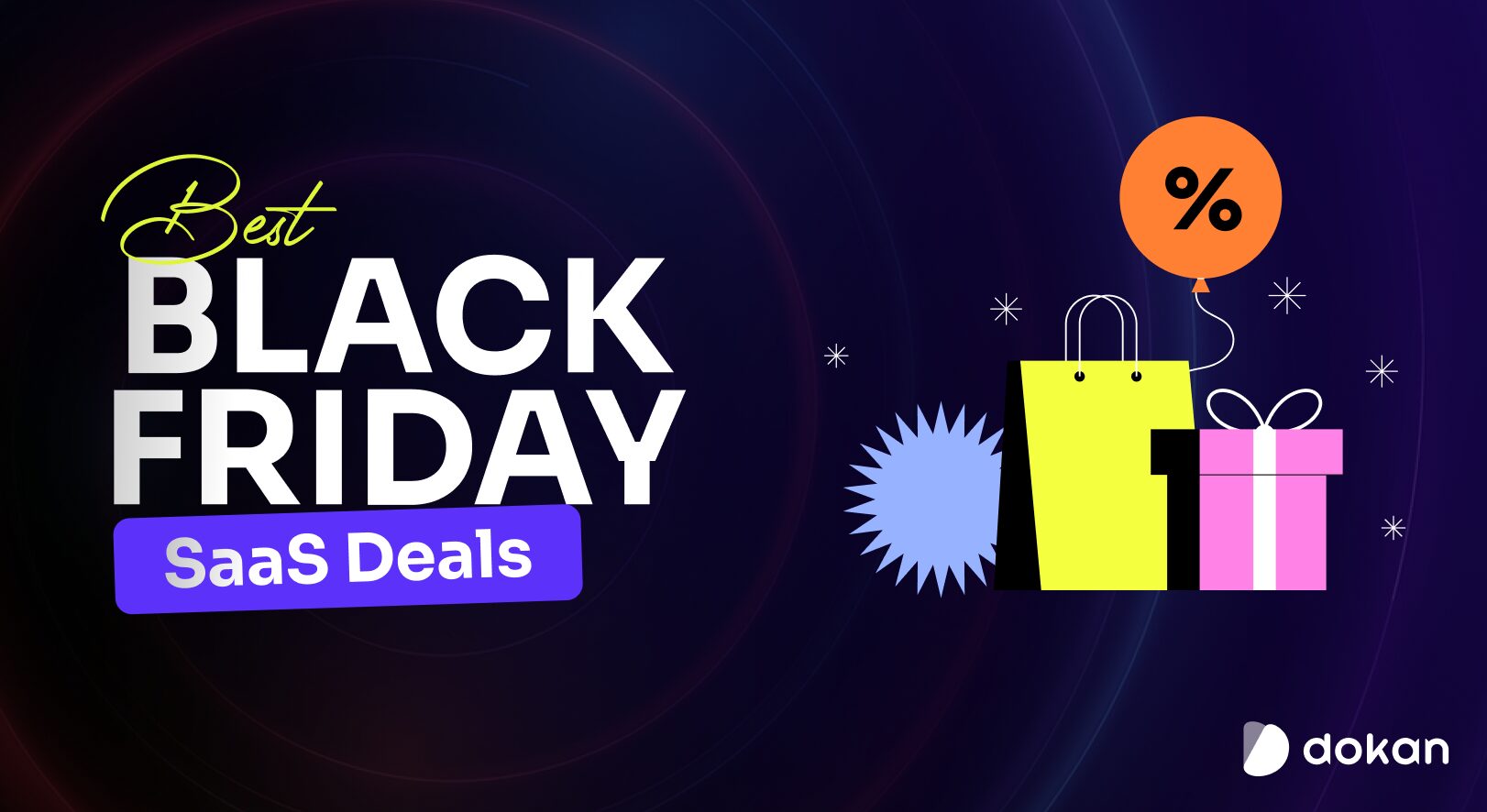
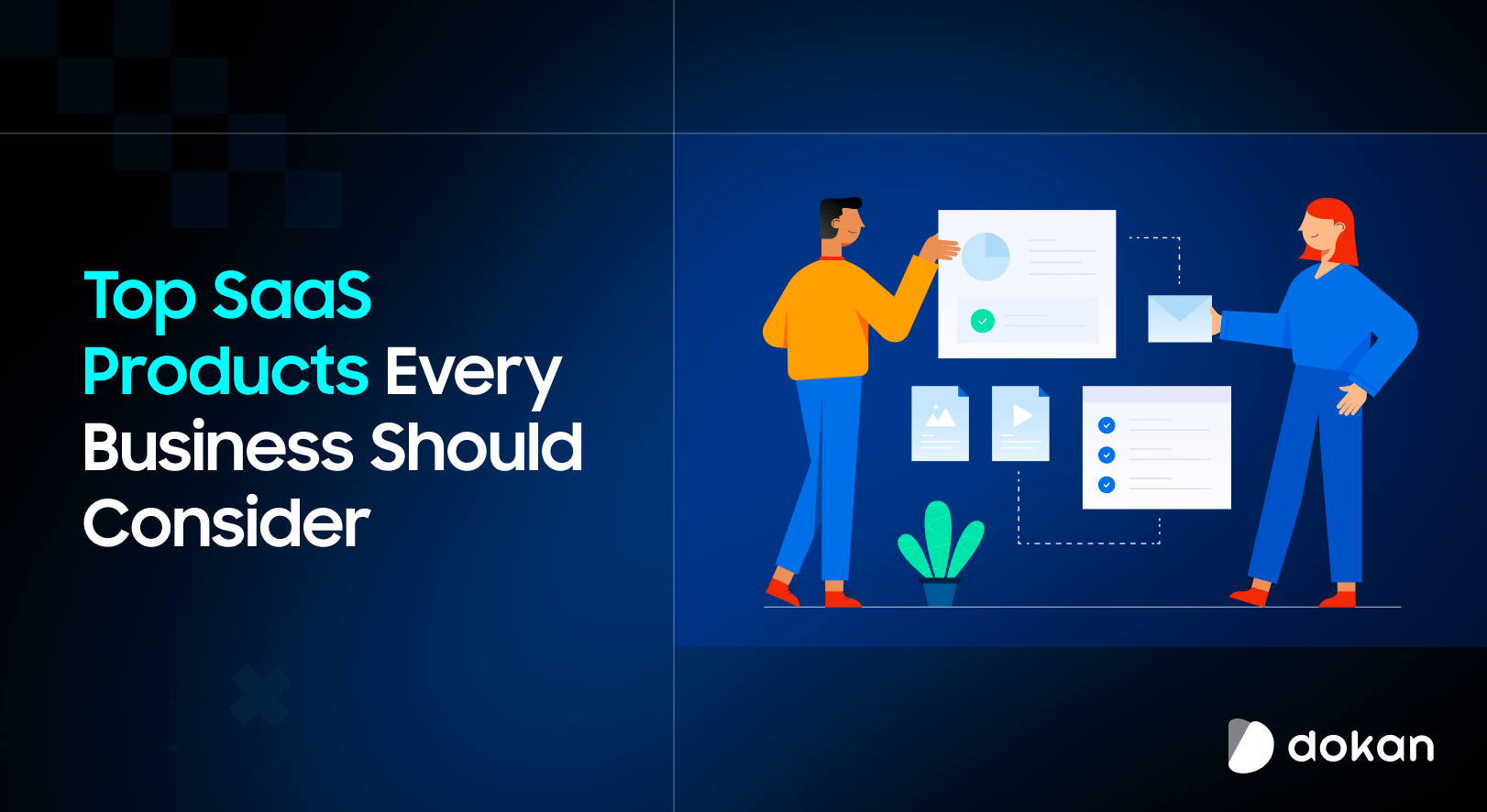
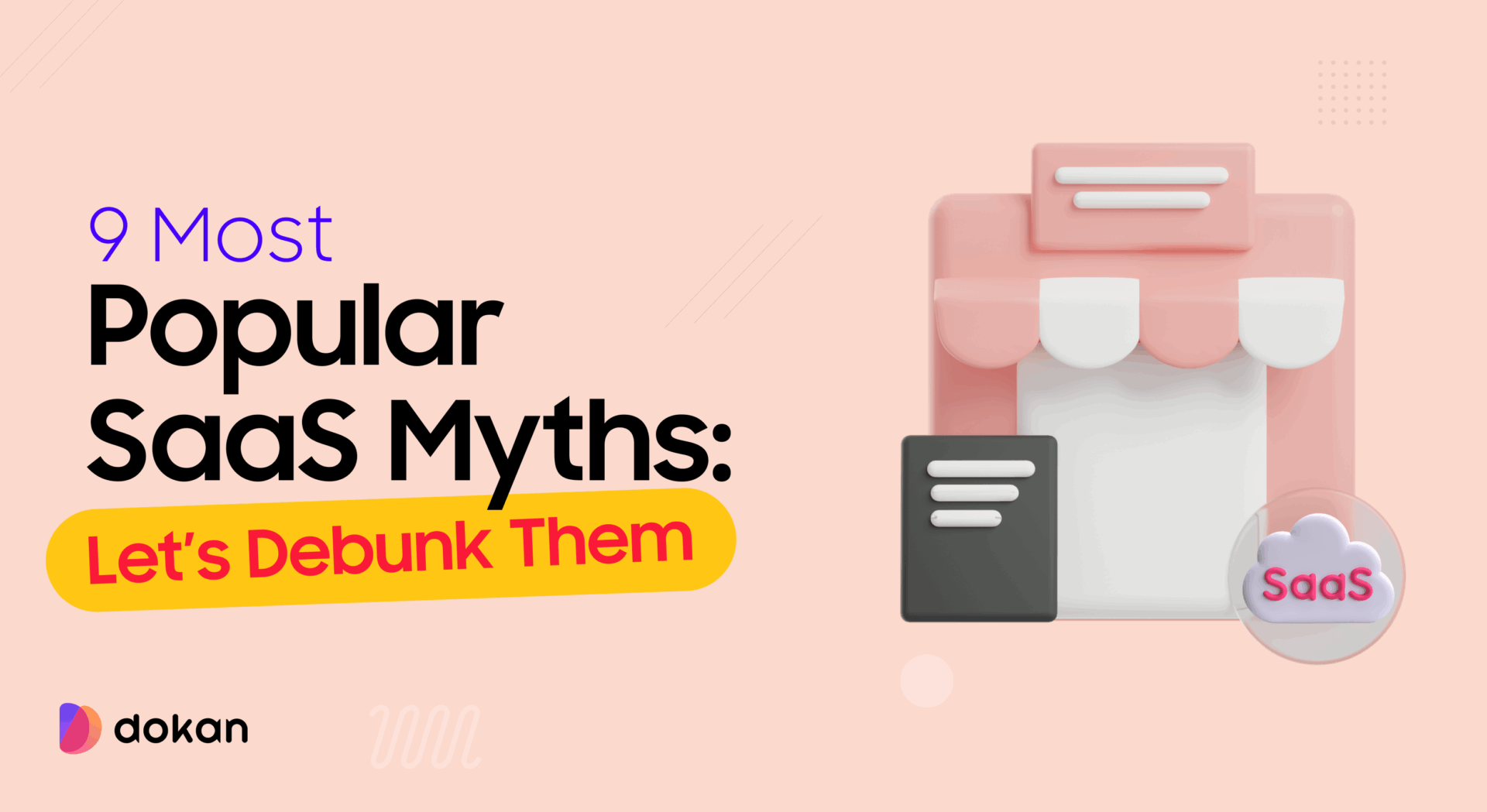


Leave a Reply